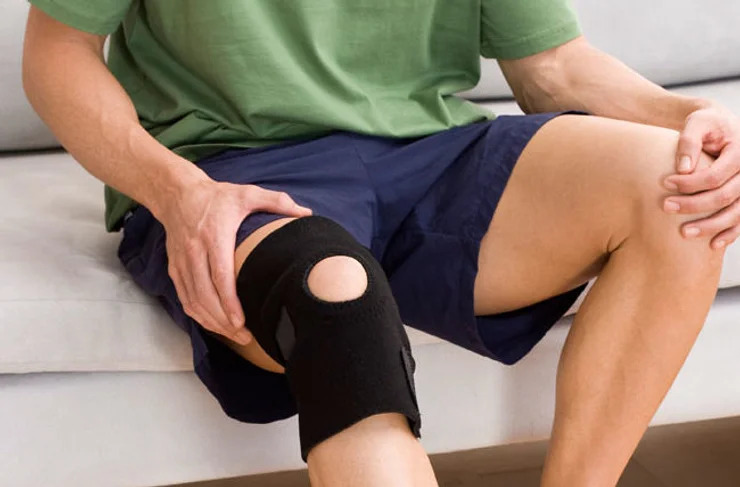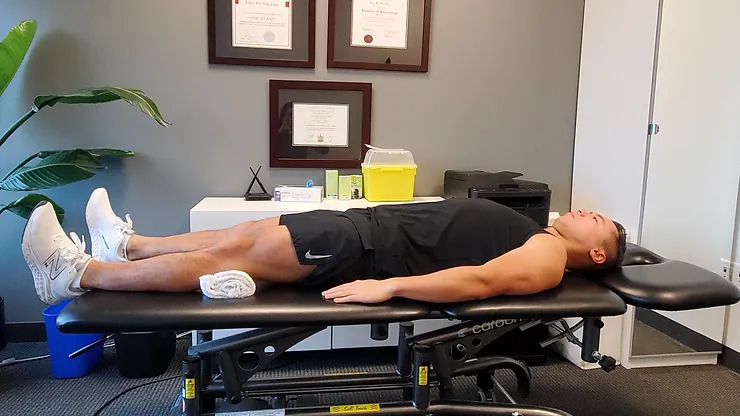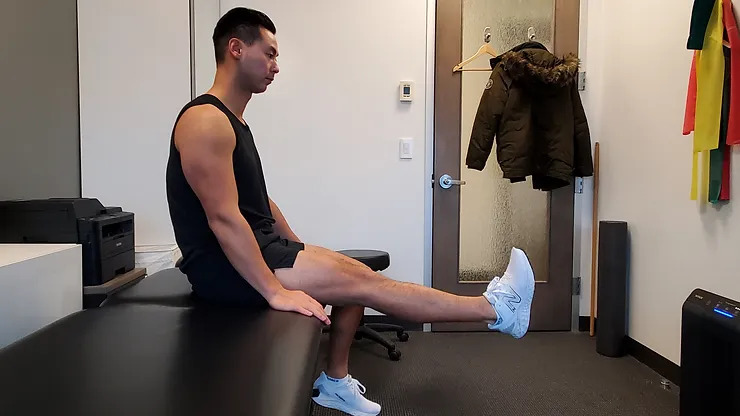
What is it?
An anterior cruciate ligament (ACL) tear is one of the most common knee injuries, especially among athletes. The anterior cruciate ligament (ACL) is one of the 4 major ligaments of the knee. ACL injuries occur when the knee is bent backward, twisted, or hyperextended. Other factors that may contribute to an ACL tear include having a previous injury to the knee, having weak thigh muscles, and having poor flexibility in the knee.
What are the signs and symptoms?
The signs and symptoms of an anterior cruciate ligament (ACL) tear can include:
-
Sudden, severe pain in the knee, often accompanied by a popping or snapping sound
-
Rapid swelling of the knee
-
Instability or a feeling of the knee giving out
-
Difficulty bearing weight on the affected knee
-
Loss of range of motion in the knee
-
Bruising or discoloration around the knee
-
Tenderness to the touch around the knee
-
Locking or catching sensation in the knee
How is it treated?
Physiotherapy is an important part of the treatment for an anterior cruciate ligament (ACL) tear. The main goals of physiotherapy for an ACL tear are to reduce pain and inflammation, improve range of motion, and restore strength and stability to the knee. The specific treatment plan will depend on the individual case and the stage of recovery, but it may include the following:
-
Ice and heat therapy: To reduce pain and swelling
-
Soft tissue mobilization/Massage: To help alleviate pain and improve range of motion
-
Stretching and range of motion exercises: To improve flexibility and reduce stiffness in the knee
-
Strengthening exercises: To improve the strength of the muscles surrounding the hip and knee, such as the glutes, quadriceps, and hamstrings. Sport specific rehabilitation exercises to help you return back to your activity or sport of choice.
-
Proprioception and balance exercises: To improve the knee’s stability and coordination
-
Bracing or taping: To provide additional support to the knee
-
Education: On injury prevention, activity modification, and proper use of crutches or other assistive devices
In mild and moderate tears of the ACL, physiotherapy will lead to a full recovery of your knee so you can return back to daily actives and sports. In severe cases where the ACL is completely torn or ruptured surgery is required. Physiotherapy can be involved before surgery to strengthening the knee and hip in order to accelerate your recovery after surgery.
Common Home Exercises
Heel Slide
The heel slide exercise is a simple yet effective exercise used to improve knee range of motion :
-
Begin by sitting on a firm surface with your legs straight out in front of you.
-
Slowly slide your heel towards your buttocks by bending your knee.
-
Bend as far as you can pain free. Hold the position for a few seconds and then slowly slide your heel back to the starting position.
-
Repeat the exercise for 10-15 repetition and 3 sets
Isometric Knee Extension
The isometric knee extension exercise is used to active the quadriceps muscle and improve knee stability.
-
Begin by lying on a firm surface. Place a rolled towel or a small pillow under your knee
-
Slowly press your knee against the towel or pillow, trying to straighten your knee as much as possible.
-
Hold the position for about 5-10 seconds, then relax.
-
Repeat the exercise for 5-10 repetition and 3 sets
It’s important to perform the exercise slowly and smoothly. Avoid bouncing or jerking movements, and make sure to engage your quadriceps muscle during the exercise. Keep the rest of your body still, avoid moving your hips or lower back

Seated Knee Extension
The knee extension exercise is used to activate the quadriceps muscles and improve knee flexibility.
-
Begin by sitting in a chair or the edge of the bed and the knee bent to 90 degrees
-
Slowly extend your leg, straightening your knee as much as you can
-
Hold the position for a second at the top of the movement and then slowly lower your leg back to the starting position.
-
Repeat the exercise for 5-10 repetition and 3 sets


